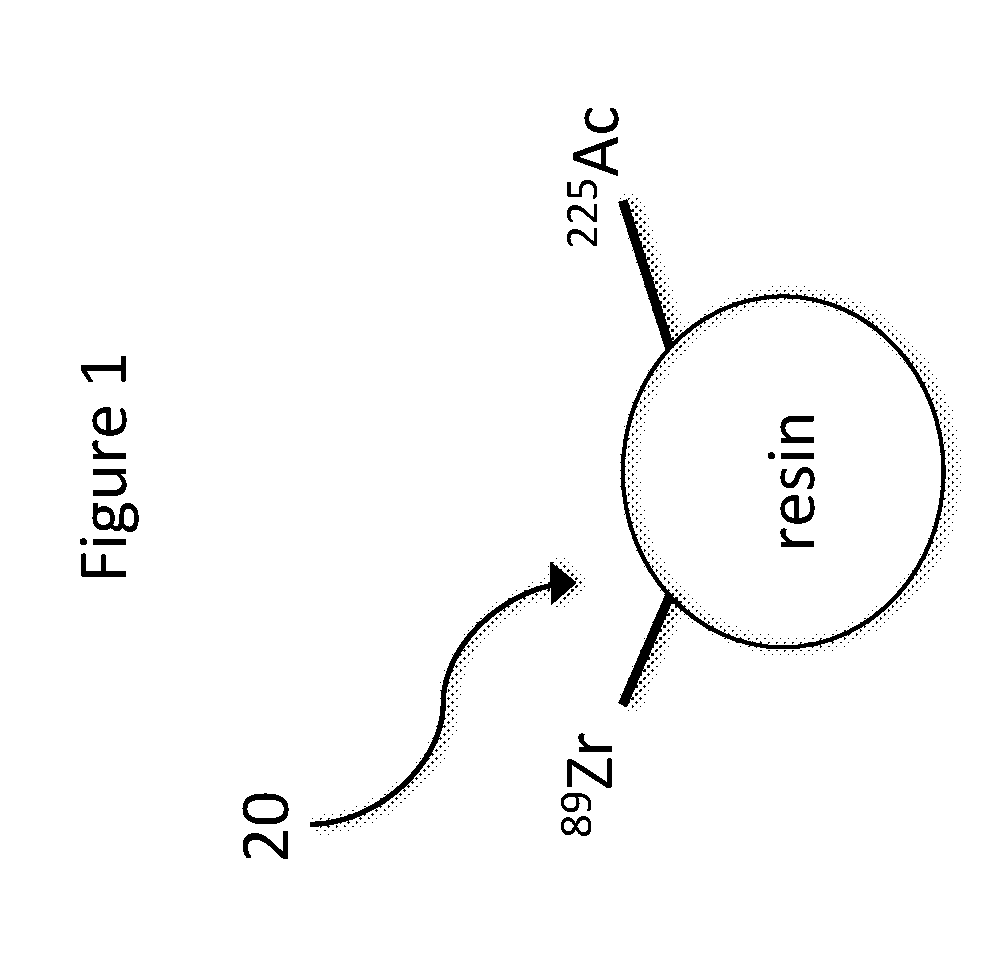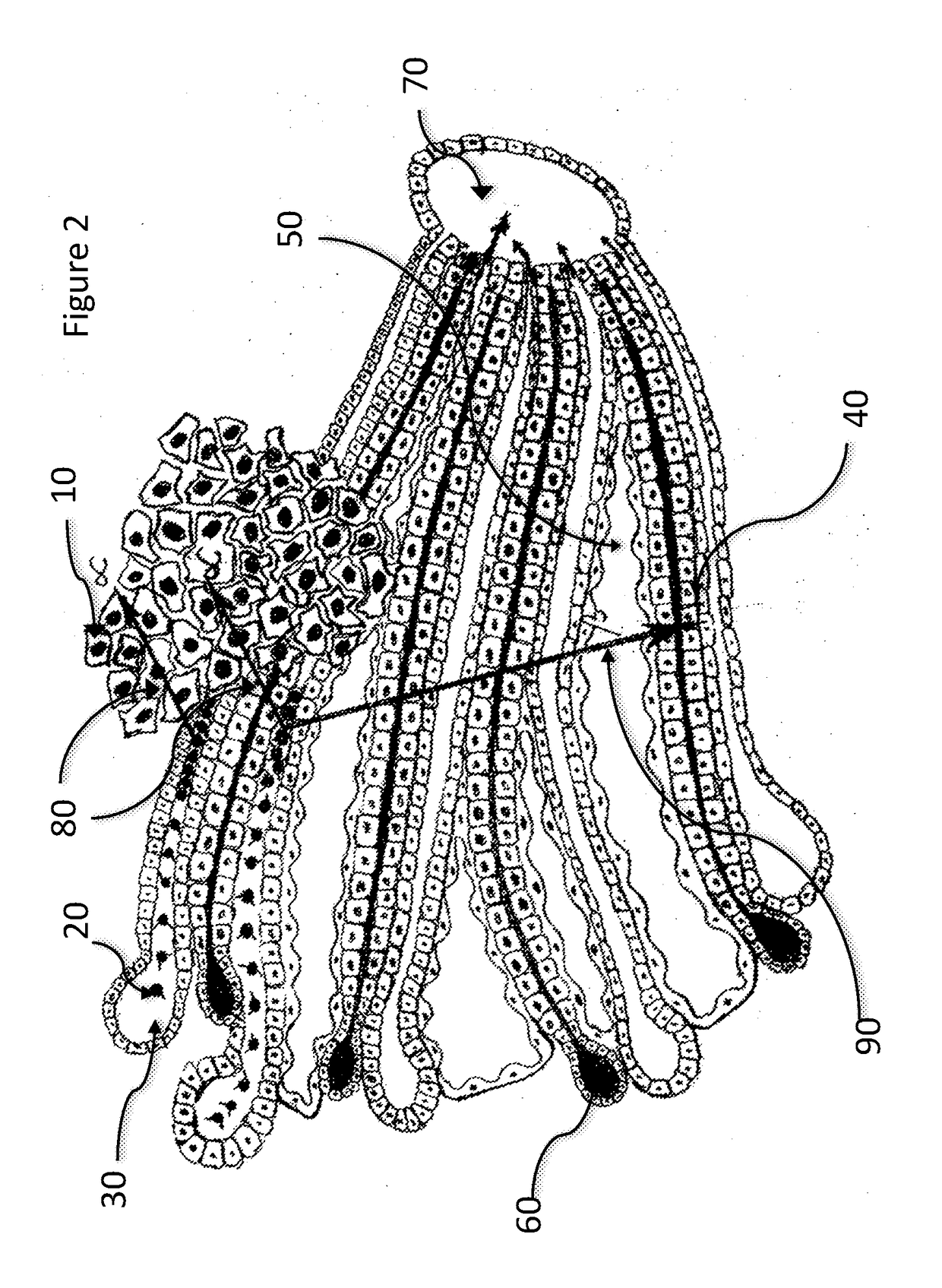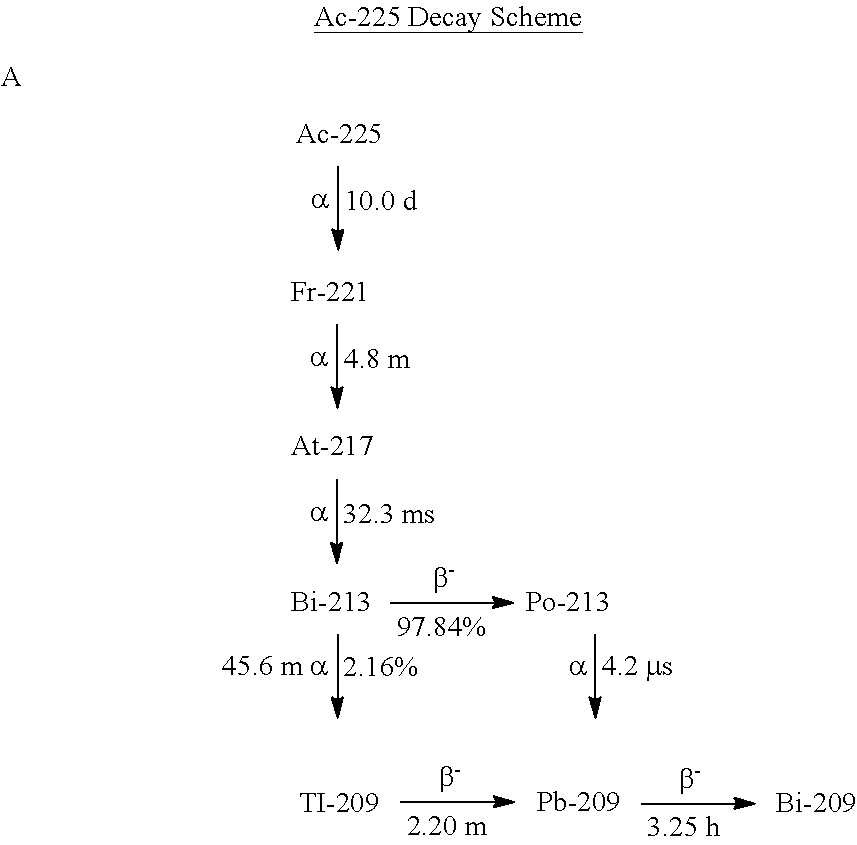Method, Apparatus, and System for Radiation Therapy
a radiation therapy and apparatus technology, applied in the field of cancer imaging and treatment, can solve the problems of high potential for recurrent disease, difficult treatment of hcc, and inability to support the necessary remnant liver of patients,
- Summary
- Abstract
- Description
- Claims
- Application Information
AI Technical Summary
Benefits of technology
Problems solved by technology
Method used
Image
Examples
Embodiment Construction
[0011]As shown in the drawings for purposes of illustration, the invention is embodied in a new radiomicrosphere for use with radioembolization. In preferred embodiments of the present invention, the new radiomicrosphere can significantly extend the overall survival for patients with primary liver cancer also known as hepatocellular carcinoma (HCC), while providing distinct advantages and features over the prior art. However, it will be recognized that further embodiments of the invention may be used for other disease states including cancer in other parts of the body.
[0012]The current prior art when treating HCC using radioembolization (RE) is the transcatheter angiographic delivery of Yttrium-90 (90Y) microspheres. The disadvantages with 90Y RE are the high beta radiation to the normal liver (collateral damage), suboptimal dosing regimens for tumor kill and the lack of quantitative imaging for accurate dosimetry. The preferred embodiments of the present invention replaces 90Y micr...
PUM
 Login to View More
Login to View More Abstract
Description
Claims
Application Information
 Login to View More
Login to View More - R&D
- Intellectual Property
- Life Sciences
- Materials
- Tech Scout
- Unparalleled Data Quality
- Higher Quality Content
- 60% Fewer Hallucinations
Browse by: Latest US Patents, China's latest patents, Technical Efficacy Thesaurus, Application Domain, Technology Topic, Popular Technical Reports.
© 2025 PatSnap. All rights reserved.Legal|Privacy policy|Modern Slavery Act Transparency Statement|Sitemap|About US| Contact US: help@patsnap.com



